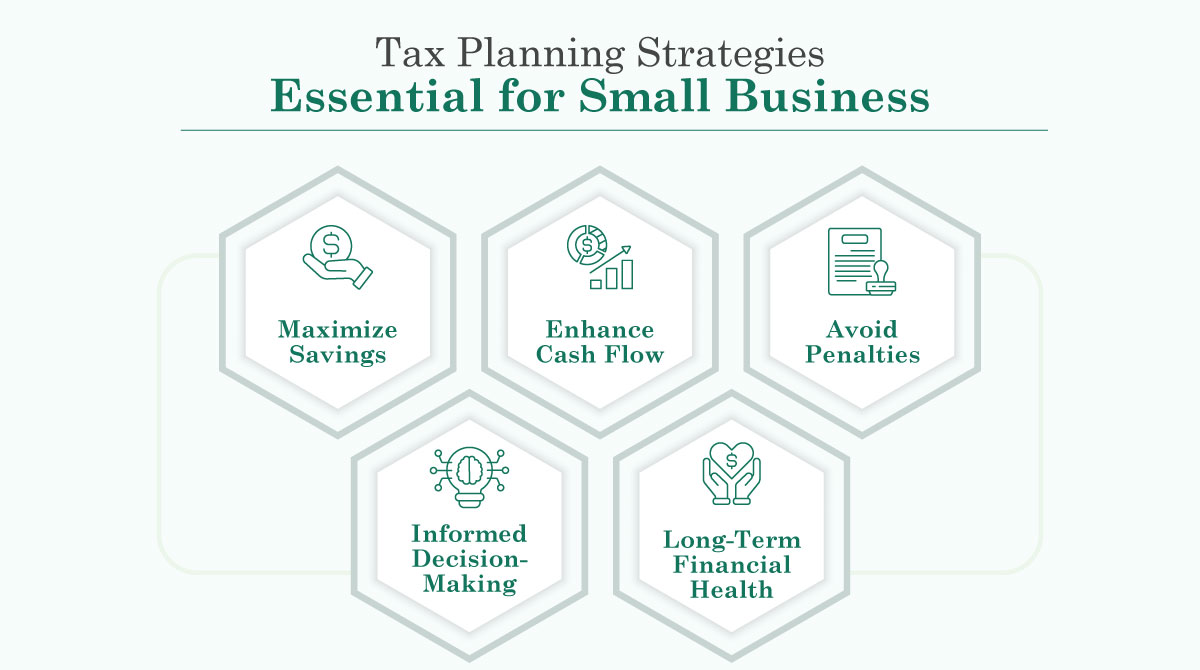Key Elements to Include in Your Small Business Tax Planning Strategies
When developing tax planning strategies for your small business, several key elements can help ensure that you maximize savings and remain compliant. Here are the essential components to consider:
1. Accurate Record-Keeping:
Maintaining detailed and organized records of all financial transactions is crucial. This includes receipts, invoices, payroll records, and expense reports. Accurate record-keeping makes it easier to track deductible expenses and prepare for tax filings.
2. Understanding Deductions:
Familiarize yourself with the deductions available to your business. Common deductions include operating expenses, equipment purchases, travel expenses, and home office deductions. Knowing what you can deduct helps you lower your taxable income.
3. Business Structure:
Choosing the right business structure can significantly impact your tax liabilities. Each structure has different tax implications, so selecting one that aligns with your financial goals is essential.
4. Retirement Planning:
Setting up retirement plans for you and your employees can provide tax benefits while helping you save for the future. Contributions to retirement accounts are often tax-deductible, reducing your taxable income.
5. Tax Credits:
Research available tax credits that your business may qualify for, such as credits for hiring employees, investing in renewable energy, or offering health insurance. Tax credits directly reduce your tax bill, making them valuable tools for tax planning.
6. Timing of Income and Expenses:
Consider the timing of income and expenses to optimize your tax position. For example, deferring income to the next tax year or accelerating expenses into the current year can help manage your tax liability effectively.
By incorporating these key elements into your tax planning strategies, you can effectively manage your tax liabilities, optimize savings, and position your small business for long-term success.


